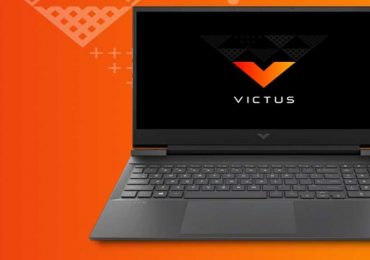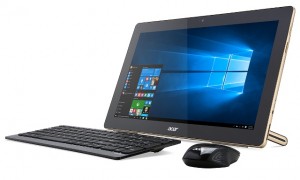“5G is a fundamental shift in technology. 5G is about going beyond consumer broadband—this is about connecting everything,” said Ravi Kailat, Nokia head of Solution Sales for Asia South.
“Every technology before 5G has been addressed to consumers. That led to this mobile broadband revolution that we’re all experiencing. Now is the time to make the next jump into a technology that has been developed for industries,” Kailat said, adding that while 5G will enhance consumer experience, it is designed with extreme capacity, extremely low latency, and high connectivity to be able to address completely new segments.
Use cases Kailat cited include AR/VR for classrooms, possibilities for remote working, and drones for disaster response, mapping and security, among others.
“As we did back in GSM, where we provided technology for the Philippines, we came up with amazing uses. Philippines became the texting capital of the world after GSM was launched. So the question is: What will the Philippines come up with next?” Kailat said.
Chet Alviz, VP and Head of Wireless Corebiz for Enterprise, also presented PLDT and Smart’s roster of 5G-powered services in the pipeline, which include ultra-fast broadband experience for entertainment and ultra-low latency and virtual reality for gaming, as well as solutions for enterprises, industries and school campuses, among others.
“We launched our first 5G city in Clark in Pampanga, and our second 5G city here in Makati. We’re launching soon in other areas in the Philippines, targeting diverse but relevant industries. Our goal is to launch five 5G cities this year. We ask everyone to pitch in with their ideas and to join us in these efforts,” Alviz said.
Employees who attended the Technofest and tried out the different 5G showcases expressed their excitement and shared some ideas of their own.
“I’m very excited about the innovations that 5G technology can bring us, like autonomous vehicles, and smart boards for the classroom, which automatically emails whatever the teacher writes on the board. It’s a big thing for the Philippines to be have this kind of technology—after all, we should not be left behind,” said Bea Hernandez, who is under Smart’s Project Management Office.
Lemuel Catalogo, a senior solutions architect in Smart’s Technolab team, is looking forward to Internet of Things applications in particular.
“IoT is expected to boom in the next few years. We expect IoT to be useful for our consumers as well,” he said, adding that IoT solutions like smart meters can be particularly useful for far-flung and island communities. “Considering that our country is made up of several islands, I’m excited to see how IoT can help both urban and rural areas.”
Best positioned for 5G
This activity is part of PLDT and Smart’s 5G initiatives. Armed with both fixed and wireless infrastructure powered by the country’s most extensive fiber network now at over 244,000 kilometers, PLDT and Smart are best positioned to deploy 5G in the country.
In its ongoing LTE and LTE-Advanced roll-out, Smart is also installing 5G-capable equipment. To deliver 5G services, Smart is also currently upgrading its network’s Core and Transport elements. This includes upgrading to fiber the backhaul connecting the network’s cell sites nationwide.
Smart launched in June 2018 its 5G Technolab, the company’s flagship facility for the research and development, standardization, and testing of 5G, which is designed to be a sustainable environment for innovative services.
It has also joined forces with multiple technology and industry partners in launching the country’s first Smart 5G Cities in Pampanga and Makati, after firing up the Philippines’ first 5G cell sites in the Clark Freeport Zone and at the PLDT Headquarters in November last year. In the same month, they also successfully made the country’s first 5G-to-5G video call between the two 5G Smart cities.
Parent company PLDT has committed historic levels of resources for network transformation. For 2019, PLDT capex is expected to reach P70 billion, which includes allocations for the aggressive roll-out of its fiber broadband service, which also supports the stepped-up deployment of the mobile network by providing high-capacity links for cellular base stations.












